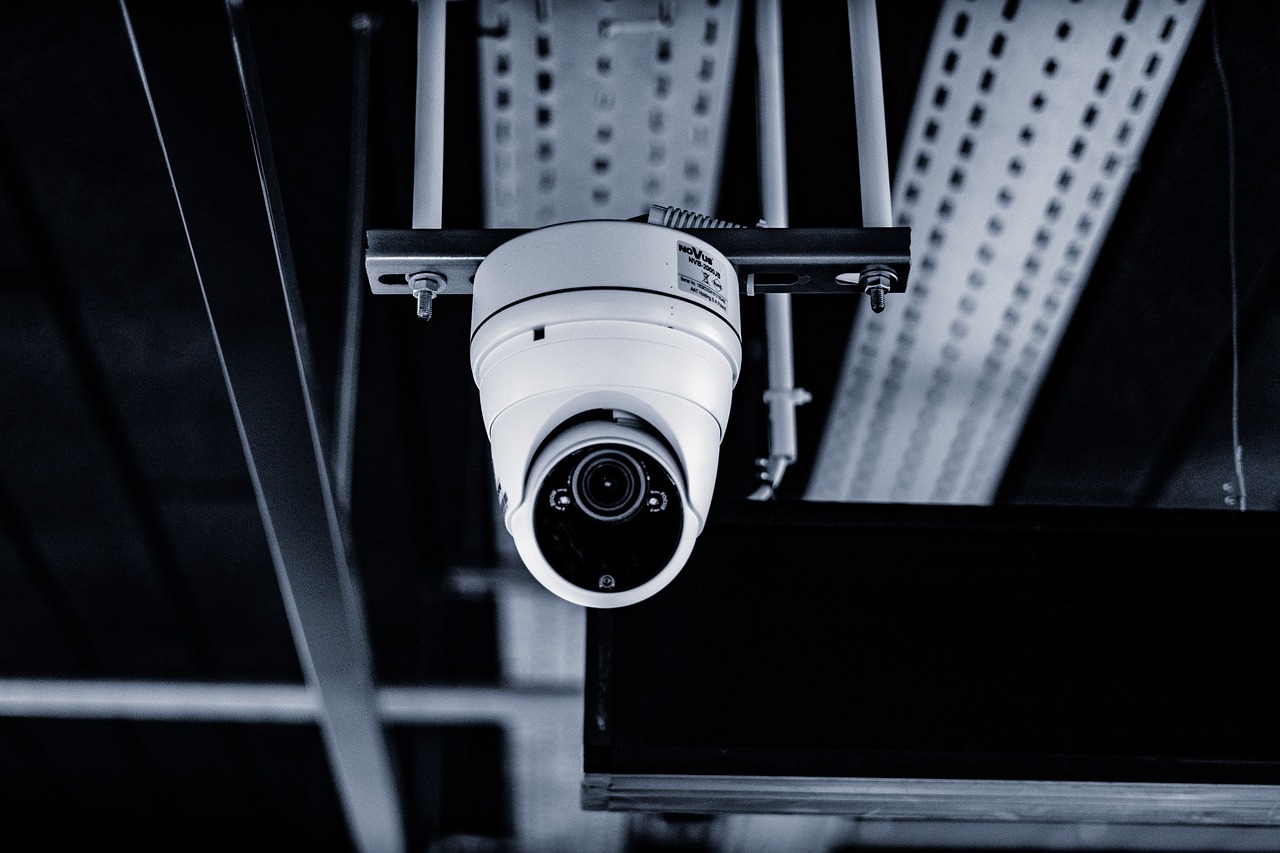Table of Contents
Choosing the best compact security camera for your home helps ensure safety and peace of mind. This guide explores key features, comparisons, and practical tips to make the perfect choice.
Understanding Your Needs
Before selecting a security camera, determine your specific needs. Think about what you want to monitor and why. Consider whether you need a camera for general surveillance, to keep an eye on pets, or to monitor specific areas like entrances. Compact cameras are great for indoor use where aesthetics matter because they blend in easily.
Key Features to Look For
When selecting a compact security camera, certain features are crucial. High-definition video quality is essential for clear footage. Look for cameras that offer at least 1080p resolution. Night vision enables visibility in low-light conditions, a vital feature if you need 24/7 monitoring. Motion detection is another critical feature, as it alerts you to any unusual activity. Check if the camera offers two-way audio, which can be handy for communicating with people near the camera. Storage options are also important; decide between local storage via an SD card, cloud storage, or both. Additionally, ensure the camera offers good mobile app support for remote monitoring and alerts.
Comparing Wired vs. Wireless Cameras
Compact security cameras come in wired and wireless versions, each with its pros and cons. Wired cameras are known for stable connections and consistent power. They are less vulnerable to signal interference and do not require frequent battery replacements. However, the installation can be cumbersome because it involves running cables through walls and ceilings. On the other hand, wireless cameras are easier to install and more versatile in terms of placement. They can be mounted almost anywhere, provided they are within range of your Wi-Fi network. The downside is that they may suffer from occasional signal loss or require regular battery changes, which can be inconvenient.
Indoor vs. Outdoor Use
While selecting a security camera, decide whether it will be used indoors, outdoors, or both. Indoor cameras are generally smaller, less weather-resistant, and usually have a more aesthetic design. They are ideal for monitoring specific rooms, hallways, or entrances. Outdoor cameras, however, are built to withstand harsh weather conditions like rain, snow, and extreme temperatures. These cameras are often bulkier but offer features like enhanced night vision and broader fields of view. If you choose a compact camera for outdoor use, make sure it is rated for outdoor conditions. Some versatile cameras can be used both indoors and outdoors, offering flexibility in monitoring different areas.
Evaluating Brand Reputation
The brand of the security camera you choose can affect your overall experience. Some brands are known for their high-quality products, excellent customer service, and reliable warranties. Research customer reviews and expert opinions to gauge a brand’s reputation. Look for brands that have been in the market for a while and have a track record of reliability. Consider whether the brand offers regular firmware updates, which can provide new features and security improvements. Brands like Arlo, Nest, and Ring are popular and generally well-reviewed. However, don’t overlook lesser-known brands that may offer excellent features at more competitive prices.
Reviewing Subscription Costs
Many modern security cameras come with subscription-based services for cloud storage, advanced features, and enhanced customer support. While free options exist, they often come with limitations such as restricted storage space or fewer features. Before purchasing a camera, review the subscription plans available. Calculate the long-term costs to ensure that they fit within your budget. Some brands offer multiple plans with varied features, so choose one that aligns with your needs. Keep in mind that some storage plans are per camera, while others cover multiple devices. Compare different brands and plans to determine the best value for your money.
Installation and User-Friendliness
Ease of installation and user-friendliness are critical considerations when selecting a compact security camera for your home. Some cameras come with easy-to-follow installation guides and can be set up in minutes. Wireless cameras are generally easier to install than wired ones, as they do not require running cables through walls. Look for cameras that offer user-friendly mobile apps for easy monitoring, settings adjustments, and real-time alerts. Quality customer support can make a significant difference, especially if you encounter any issues during installation or use. Reading user reviews can provide insights into the installation process and overall user experience.
Future-Proofing Your Investment
Technology evolves rapidly, and the security camera you buy today might become obsolete in a few years. To future-proof your investment, choose cameras that offer software updates and compatibility with other smart home devices. Look for models that incorporate the latest technology trends like AI-based motion detection, smart home integration with systems like Alexa or Google Home, and future expandability. Some cameras offer modular designs, allowing you to add new features as they become available. Investing in a camera from a reputable brand that offers consistent updates can ensure that your security system remains effective and relevant over time.
By understanding your needs and considering these key factors, you can make an informed decision and select the perfect compact security camera for your home.


